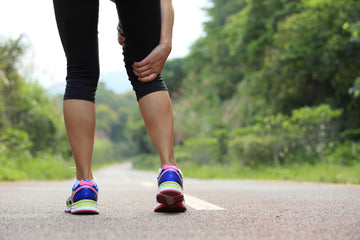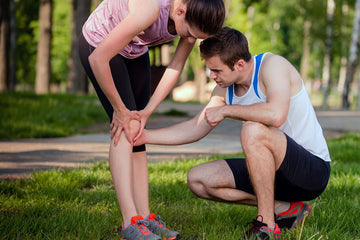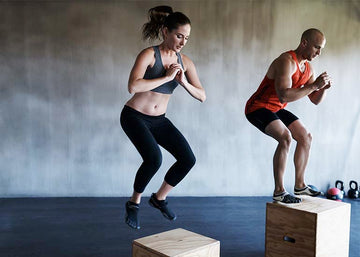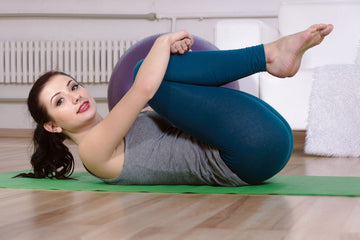Factors that May Cause Knee Pain
Knee and lower leg pain is a common complaint among many people, and can have many different causes. A common cause of leg and knee pain is a biomechanical disorder known as over-pronation. This causes pain by producing an internal rotation of the lower leg and knee that can be diagnosed fairly easily by detecting a rotation of the foot originating at the ankle. A predominant sign of this is the outward curvature of the band of tissue that attaches the heel and the calf muscle known as Achilles Tendon. As this twisting becomes more and more distinct, a person with overpronation can find that they have symptoms such as frequent ankle sprains, painful arches, lower back pain, heel spurs, shin splints, and of course knee pain. Normal wear and tear to the joint can cause pain in the knees, but when excessive pronation is apparent, it causes a joint that should perform as a hinge only, to rotate. This joint is not designed to rotate, and it is this improper motion of the knee that leads to early signs of stress on the bone resulting in long-term damage and extreme knee pain.
What Else Causes Overpronation?
This condition is commonly caused by heredity and the positioning of the feet while a child is in the mother’s uterus. It usually gets worse as a person gets older, because some bones and ligaments in the knee joints become very loose. As the foot becomes used to the flimsiness of these tissues, the inner ankle bone will stick out significantly. As the foot muscles accommodate this irregular position, the person will find that they have an extremely elastic and flat foot. Some external signs of this condition can be excessive wear and tear on the inner soles of your shoes, a poor foot arch, and also Morton’s toe. Morton’s toe is a condition where the big toe is shorter than the second toe and can cause the foot to roll inward.
How to Relieve Knee Pain With Orthotic Insoles
One of the ways to help correct this foot abnormality is by the use of orthotic shoe inserts. These arch support inserts are built to relieve excessive pronation by giving the arch support and offering increased strength to the weak ankle joints. They can be placed into numerous types of shoes, however one should select a shoe that has sufficient arch support and a firm midsole to start with. The shoes you use with these types of inserts will need to be deep enough to contain them. In many cases, by adding this additional arch support you will find it will bring more relief to your aching knees than using a knee brace. These devices work on your feet in similar way that braces work to adjust your teeth. By producing a proper arch they push the ankle joint back into alignment, relieving the twisting on the knee and bringing relief to the knee joint. Determining the cause of your pain should be fairly easy and using orthotic insoles to resolve the pain is a simple answer. Taking care of our joints is the first step to leading long, productive lives. We must pay attention to their needs can ensure us a comfortable and happy state of health for years to come.
The post How Overpronation May Cause Knee Pain appeared first on .




